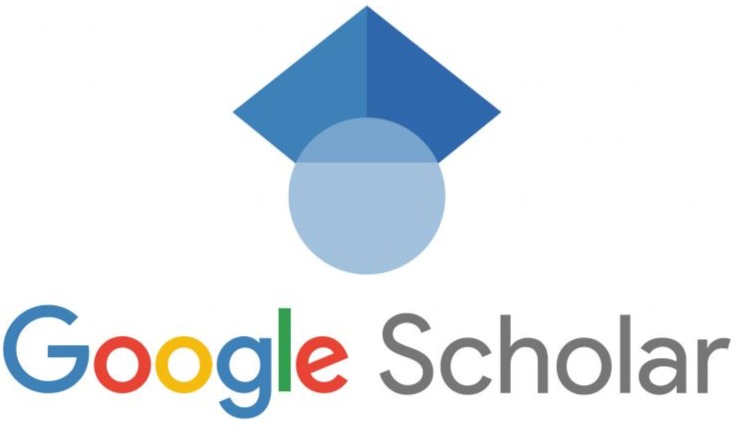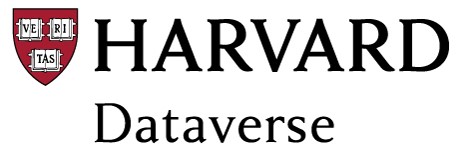Retraction Policy
1. General Principles
Mythos Journal is committed to the integrity of the scientific record and the reliability of academic publications. This policy outlines clear guidelines for issuing corrections, expressions of concern, and retractions of published articles, in accordance with international best practices and the guidelines of the Committee on Publication Ethics (COPE) and the International Committee of Medical Journal Editors (ICMJE).
2. Definitions
2.1 Retraction
The removal of a publication from the scientific record due to significant flaws that render the work unreliable or unsuitable for citation. Retraction is not a punitive action but a neutral mechanism to correct the literature.
2.2 Expression of Concern
A public statement issued to alert the scientific community about potential issues in a publication, released when concerns regarding the reliability of the work require further investigation.
2.3 Correction (Erratum)
A notification that corrects minor errors which do not affect the main conclusions of the work but should be amended for accuracy.
3. Retraction Criteria
3.1 Mandatory Criteria
An article must be retracted when:
- Proven scientific misconduct: Fabrication, falsification, or substantial plagiarism of data.
- Serious errors: Methodological or analytical errors that invalidate the main conclusions.
- Redundant publication: Duplicate or multiple submissions without proper citation.
- Ethical issues: Copyright violations, lack of informed consent, or inadequate ethical approval.
- Questionable authorship: Inclusion of fictitious authors or unjustified exclusion of legitimate authors.
3.2 Discretionary Criteria
Retraction may be considered when:
- Inappropriate interpretation: Severe misinterpretation of data that may mislead the scientific community.
- Undisclosed conflicts of interest: Significant conflicts that may have influenced the results.
- Peer review issues: Fraudulent peer review or editorial process manipulation.
4. Retraction Process
4.1 Initial Investigation
1. Complaint receipt: Review of allegations related to misconduct or editorial concerns.
2. Preliminary assessment: Evaluation of whether the claim warrants a formal investigation.
3. Formal investigation: Contact with authors, institutions, and subject-matter experts as needed.
4. Timeline: Investigations should be completed within 6 months, barring exceptional circumstances.
4.2 Decision-Making
- Responsibility: Final decision lies with the Editor-in-Chief in consultation with the Editorial Board.
- Transparency: All parties involved must be informed of the process and outcomes.
- Documentation: Complete records of the investigation and its resolution must be maintained.
5. Retraction Notices
5.1 Required Content
All retraction notices must include:
- The title and full bibliographic details of the retracted article.
- Specific reasons for the retraction.
- The party initiating the retraction (editor, author, institution).
- Date of retraction.
- Cross-reference to the original article.
- Statement that the article should not be cited except as retracted.
5.2 Technical Characteristics
- Indexing: Retraction notices are indexed and linked bidirectionally with the original article.
- Watermarking: The original article is permanently watermarked as retracted.
- Accessibility: The original article remains accessible for transparency, clearly marked as retracted.
6. Expressions of Concern
6.1 When to Issue
- Ongoing investigation: When serious allegations are under formal review.
- Uncertainty: When there are unresolved doubts about reliability.
- Preventive measure: To alert the community during the course of an investigation.
6.2 Resolution
- Timeline: Expressions of concern must be resolved within 12 months.
- Outcome: May result in retraction, correction, or removal of the expression of concern.
7. Special Procedures
7.1 Mass Retractions
- Special approval: Retraction of multiple articles requires Editorial Board approval.
- Communication: Immediate notification of the scientific community regarding systemic issues.
- Process review: Assessment and correction of editorial failures that enabled the issue.
7.2 Cases Involving Technology
- AI-generated manuscripts: Retraction of articles substantially produced by artificial intelligence without proper disclosure.
- Image manipulation: Retraction for improper handling of visual data.
8. Responsibilities
8.1 Editors
- Monitoring: Continuous oversight of publication integrity.
- Prompt response: Immediate action upon identification of issues.
- Communication: Maintaining open dialogue with authors and the scientific community.
8.2 Authors
- Notification: Obligation to report errors or issues discovered post-publication.
- Cooperation: Active participation in investigations when requested.
- Accountability: Assuming responsibility for retractions when appropriate.
8.3 Reviewers
- Vigilance: Identifying concerns during the peer review process.
- Communication: Notifying editors of post-publication issues.
9. Appeals
9.1 Right to Appeal
- Deadline: Appeals must be submitted within 90 days of the decision.
- Procedure: Review by an independent panel of the Editorial Board.
- Criteria: Consideration of new evidence or significant procedural errors.
9.2 Final Decision
- Binding: Decision of the appeals panel is final.
- Transparency: Rationale for the decision is documented and communicated.
10. Monitoring and Continuous Improvement
10.1 Periodic Review
- Frequency: Annual review of this policy.
- Adaptation: Updates based on emerging best practices.
- Report: Publication of an annual report on retractions and expressions of concern.
10.2 Training
- Editorial team: Regular training on editorial ethics and retraction procedures.
- Awareness: Educational efforts to promote publication integrity within the scientific community.
11. Contact
For inquiries regarding this policy, retractions, or expressions of concern, please contact:
Rodrigo Franklin Frogeri (Editor-in-Chief, Mythos Journal)
Email: revistamythos@unis.edu.br
Phone: +55 35 3219-5272
Last updated: July 10, 2025.
Version: 1.0
Consulted Sources:
COPE Council. COPE Guidelines: Retraction Guidelines. November 2019. https://doi.org/10.24318/cope.2019.1.4
International Committee of Medical Journal Editors. (n.d.). Scientific misconduct, expressions of concern, and retraction. https://www.icmje.org/recommendations/browse/publishing-and-editorial-issues/scientific-misconduct-expressions-of-concern-and-retraction.html
Noorden, Richard Van. (2023, December 12). More than 10,000 research papers were retracted in 2023 — a new record. Nature. https://www.nature.com/articles/d41586-023-03974-8
Springer. (n.d.). Corrections and retractions. https://www.springer.com/gp/editorial-policies/corrections-and-retractions
Wager, E., Barbour, V., Yentis, S., & Kleinert, S. (2009). Retractions: guidance from the Committee on Publication Ethics (COPE). Croatian medical journal, 50(6), 532–535. https://doi.org/10.3325/cmj.2009.50.532
Wiley. (2025). Wiley's policy for handling post-publication amendments. https://authorservices.wiley.com/ethics-guidelines/retractions-and-expressions-of-concern.html
Additional sources:
COPE Council. COPE Guidelines: Retraction Guidelines. November 2019 Version 1: Published September 2009.
DOI: https://doi.org/10.24318/cope.2019.1.4 https://www.councilscienceeditors.org/assets/docs/retraction-guidelines.pdf
Council of Science Editors. (2020, April). Retraction resources. https://www.councilscienceeditors.org/retraction-resources
Kleinert, S. (2009). COPE’s retraction guidelines. The Lancet, 374(9705), 1876–1877. https://doi.org/10.1016/S0140-6736(09)62074-2
Retraction Watch. (2025, February 10). As Springer Nature journal clears AI papers, one university’s retractions rise drastically. https://retractionwatch.com/2025/02/10/as-springer-nature-journal-clears-ai-papers-one-universitys-retractions-rise-drastically/
Retraction Watch. (2025, July 8). Tracking retractions as a window into the scientific process. https://retractionwatch.com/
Retraction Watch. (2024, November 7). Another Springer Nature journal has retracted over 300 papers since July. https://retractionwatch.com/2024/11/07/another-springer-nature-journal-has-retracted-over-300-papers-since-july/
Retraction Watch. (2025, February 17). Springer Nature retracted 2,923 papers last year. https://retractionwatch.com/2025/02/17/springer-nature-journal-retractions-2024/
Retraction Watch. (2021, September 28). Springer Nature slaps more than 400 papers with expressions of concern all at once. https://retractionwatch.com/2021/09/28/springer-nature-slaps-more-than-400-papers-with-expressions-of-concern-all-at-once/
Retraction Watch. (2025 June 17). Springer retractions. https://retractionwatch.com/category/by-publisher/springer-retractions/
Springer Nature. (2024, November 29). Springer’s corrections and retractions policy. https://support.springernature.com/en/support/solutions/articles/6000080090-springer-s-corrections-and-retractions-policy
Wager, E., Barbour, V., Yentis, S., & Kleinert, S. (2009). Retractions: Guidance from the Committee on Publication Ethics (COPE). Maturitas, 64(4), 201–203. https://www.sciencedirect.com/science/article/abs/pii/S037851220900334X
Wiley. (n.d.). Best practice guidelines on publishing ethics. https://authorservices.wiley.com/ethics-guidelines/index.html
























